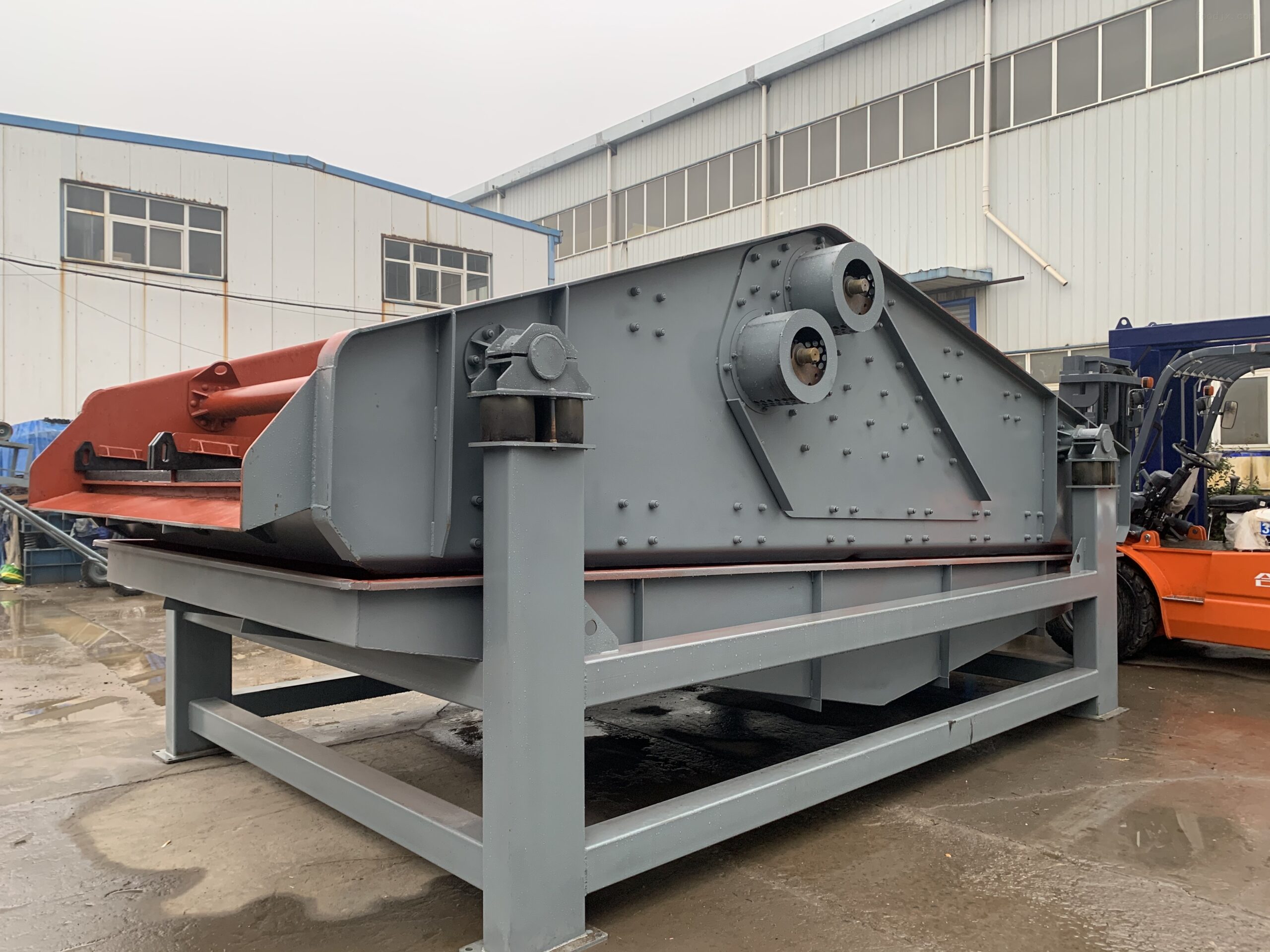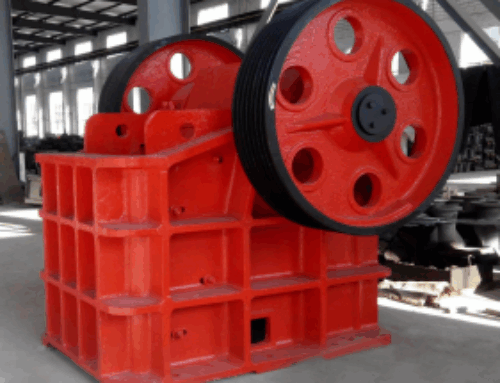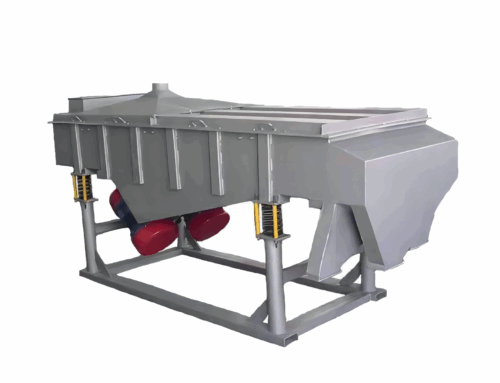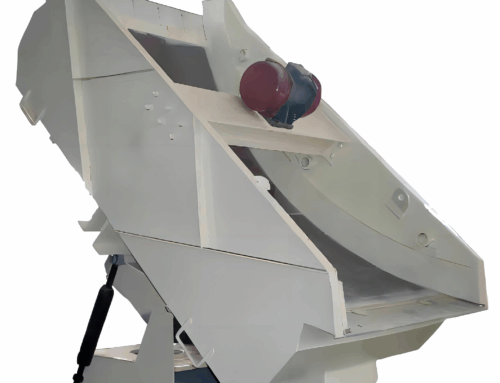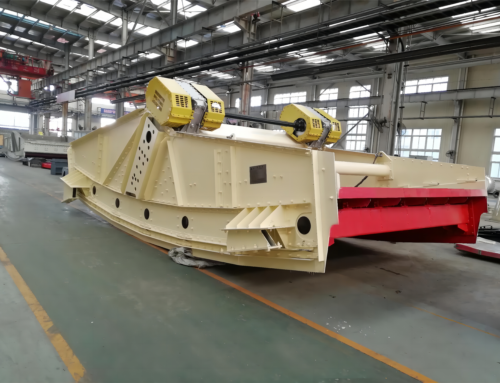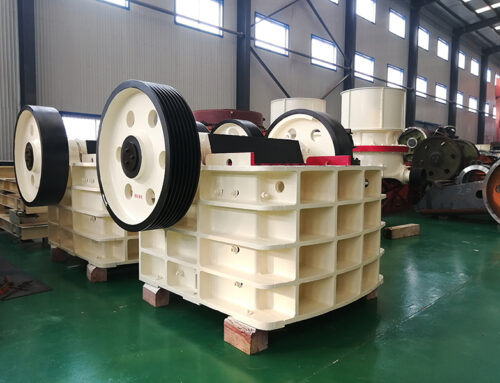Ore mining occupies a pivotal position in the process of modern industrial development, is a key way to obtain all kinds of metal and non-metal resources, for manufacturing, construction, energy industry and many other fields provide indispensable basic raw materials, which is an important cornerstone to promote economic development and social progress. However, ore mining is not an easy task, it is a highly complex and challenging work. Different types of ore, its geological conditions, physical and chemical properties, the state of existence and other aspects are very different, which makes the mining of each type of ore need to be tailored to the development of mining programmes. Some ores are buried deep underground and need to be mined in response to complex underground geological formations, underground hydrological conditions and ground pressure, while others are distributed on the surface or at shallow depths and may face challenges in terms of topography, environmental protection and other aspects of the mining process. What are the key factors that determine the choice of mining process?
一.Characteristics of the ore body
The characteristics of the ore body, such as shape, dip, thickness and stability, play a key role in the choice of mining process. For example, for those ore bodies with regular shape, gentle dip, moderate thickness and good solidity, the room-and-pillar method is often a more suitable choice. This is because the room and pillar method in this ore body conditions, can give full play to its mining and cutting workload is small, simple back mining process, can achieve mechanised mining and high production efficiency advantages. Tin antimony mine is a typical example, the characteristics of the ore body is suitable for the application of the room and pillar method, mining and cutting ratio is only 50 – 150m / 10,000 t, the production capacity of the mine room and labour productivity are at a high level. However, if the inclination of the ore body is larger and the thickness is thinner, the stay method may be more suitable, which can release the ore with the help of the ore’s self-gravity, and shows certain advantages in the mining of thin and very thin veins. For less robust ore bodies, filling or chipping may be preferred. The filling method can enhance the stability of the ore body by filling the mining void, effectively control the ground pressure and ensure the safety of mining operations; the chipping method can fill the mining void by chipping the surrounding rock or ore to achieve the effective management of the ground pressure, and avoid the safety accidents triggered by the instability of the ore body.
二.Geological conditions
Geological factors such as geological structure, rock properties and underground water also have a significant influence in the decision-making process of mining technology. In areas with complex geological formations and rock fragmentation, the application of the airfield method may face greater risks, because under such geological conditions, the stability of the ore pillar and surrounding rocks can hardly be effectively guaranteed, and safety problems such as the destruction of the ore pillar and the collapse of the mining area are prone to occur. In comparison, the filling method or crumbling method has better adaptability in dealing with such complex geological formations. The filling body of the filling method can support and reinforce the broken surrounding rock, reducing the risk of movement of the surrounding rock and surface subsidence; the chipping method can avoid the instability of the open field due to rock fragmentation by filling the mining area in time through chipping the surrounding rock. If the nature of the rock is relatively soft and prone to deformation and collapse, then in the choice of mining process, we need to focus on the consideration of methods that can effectively control the ground pressure and prevent excessive deformation of the surrounding rock, such as cemented filling method or layered avalanche method. The high-strength filling body of cemented filling method can provide reliable support for the soft surrounding rock and maintain the stability of the mining area; the layered chipping method can better adapt to the characteristics of the soft surrounding rock and reduce the occurrence of roofing accidents through layered mining and laying false roof. In addition, the presence of groundwater will also have an important impact on the mining process. For ore bodies with a large amount of water influx, the wet filling method or cemented filling method may be more suitable, as these methods can block the channel of groundwater to a certain extent and reduce the interference of water influx on the mining operation. The filling material in the wet filling method can form a relatively dense water barrier after solidification, preventing the influx of groundwater; the cementing agent in the cementing filling method can enhance the water resistance of the filling body and improve the stability of the filling body in the groundwater environment. In the case of less groundwater, the choice of other mining processes can be relatively more flexible, according to other characteristics of the ore body comprehensive consideration.
三.Economic and Environmental Factors
Economic and environmental factors such as ore market price, mining costs and environmental regulations need to be weighed comprehensively in the selection of mining processes. When the market price of the ore is high and the ore is valuable, in order to maximise the resource recovery rate and minimise the loss of the ore, there is often a tendency to choose a mining process with a high resource recovery rate, such as the cementing and filling method. Although the cost of cementing and filling method is relatively high, it can effectively protect the ore resources, reduce the depletion rate, and ensure that the mining of high-value ore to obtain greater economic benefits. In some precious metal mines, even if the initial investment and operating costs of cementing and filling are high, it can still bring a good profit in the long run because it can significantly improve the recovery rate of ore and concentrate quality. On the contrary, if the market price of the ore is low, under the premise of ensuring safety and basic production requirements, lower-cost mining processes, such as the full-scale mining method or the room and pillar method in the airfield method, will be prioritised. These methods have small mining and cutting workloads, high production efficiency and relatively low mining costs, and are able to maintain the basic operation and profitability of the mines in the face of lower ore prices.
Increasingly stringent environmental regulations have also had a profound impact on the choice of mining process. In modern society, environmental protection has become an important part of the mining process that cannot be ignored. The filling method has been widely used in areas with high environmental protection requirements due to its significant advantages in controlling surface settlement and reducing waste rock and tailings discharge. Wet filling method can make full use of the tailings and avoid the pollution of the environment caused by the large amount of tailings discharge; cemented filling method can effectively control the surface settlement and protect the surrounding ecological environment and the safety of the surface buildings. Some mines close to cities or ecologically sensitive areas, in order to meet the requirements of environmental protection regulations, will give preference to the filling method for ore mining, in order to reduce the impact on the surrounding environment, to achieve the coordinated development of mining and environmental protection.
Different types of ore mining processes, including the airfield method, the filling method and the chipping method, each have their own unique advantages and disadvantages and scope of application. Empty field method is suitable for ore and peripheral rock relatively solid ore body, with simple back mining process, high production efficiency, low cost and other advantages, but the loss of ore column ore is larger, strict management requirements; filling method can effectively control the ground pressure, improve the recovery rate of ore, reduce the depletion and environmental impacts, applicable to the filling body strength requirements of higher, greater ground pressure or environmental protection requirements of the strict requirements of the mines, but the cost is higher, the process is complex; collapse The method manages the ground pressure by crashing down the surrounding rock or ore, with high intensity, high efficiency and low cost, applicable to thick and very thick ore bodies, but the proportion of ore in the ore column is larger, and the loss of depletion is larger when returning the ore column.
The future development of ore mining process will move towards more efficient, safe, environmentally friendly and intelligent. In terms of technological innovation, new mining methods or improvements to existing methods may emerge, such as optimising filling materials and processes to improve the strength and stability of the filling body while reducing costs; developing more accurate ground pressure monitoring and control technologies to reduce the occurrence of ground pressure accidents; and exploring intelligent mining equipment and systems to realise automated mining and remote monitoring and control, and to improve production efficiency and safety. In terms of resource utilisation, more attention will be paid to improving the ore recovery rate and reducing the waste of resources, as well as strengthening the comprehensive utilisation of waste rock and tailings, extracting the useful components therein, and maximising the utilisation of resources. In terms of environmental protection, with the increasingly stringent environmental regulations, the mining process will pay more attention to reducing the impact on the environment, such as developing more environmentally friendly filling materials, reducing energy consumption and pollutant emissions during the filling process; adopting green mining technology to reduce the damage to surface vegetation and soil erosion; strengthening the restoration and management of the mining ecological environment, and realising the harmonious symbiosis between mining and the ecological environment. In addition, interdisciplinary research and cooperation will be increasing, combining mining engineering with geology, materials science, environmental science, automation technology and other disciplines to provide broader ideas and methods for the innovation and development of ore mining process. In short, the future ore mining process will continue to adapt to the needs of social development and achieve the goal of sustainable development while guaranteeing the supply of resources.

